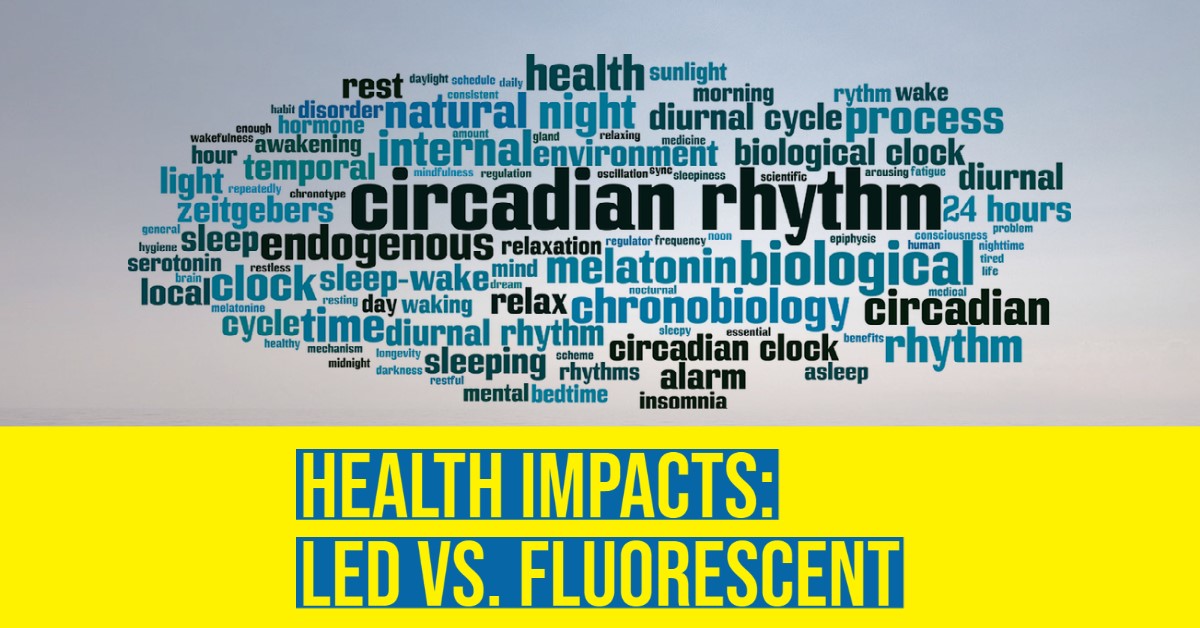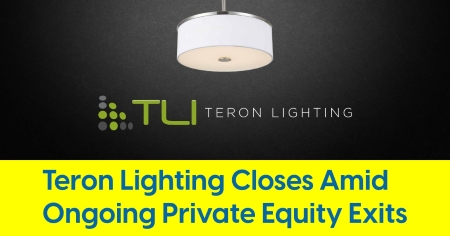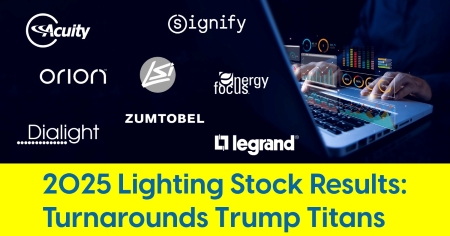August 23, 2021
$1.6M Study Will Assess Health Impacts of LED vs. Fluorescent Light
Republished with permission from Thomas Jefferson University
A newly funded DOE project will look at how LED lighting compares with standard fluorescent light for the health of people on regular daytime work schedules.
PHILADELPHIA – The Department of Energy (DOE) rcently announced a $1.6 million award over 3-years to fund a collaborative project led by Thomas Jefferson University researchers to test how different day-time lighting conditions – fluorescent or tunable LED – impact health and sleep quality.
“Compelling research in mice has shown that the kind of day-time lighting – fluorescent or tunable LED light – can have a significant impact on health,” says lead researchers John Hanifin, PhD, assistant professor of Neurology at Thomas Jefferson University and the Vickie and Jack Farber Institute for Neuroscience. “We want to test whether that’s the case in people too, and whether tunable LED can improve measures of sleep, metabolism, and overall health.”
Earlier work with collaborators at Tulane University showed that mice living under LED lighting that is richer in blue wavelengths compared to those raised under typical fluorescent light had significant beneficial impacts on their physiology and overall health. That work suggested that daytime LED lighting that is richer in blue wavelengths and more similar to the color spectrum found in natural daylight may provide health benefits to those working or living in that light environment.
The researchers designed two rigorous studies of the light’s impact on health. In the first they will invite participants to enroll in a controlled in-lab study of light exposure. Participants will live in Jefferson’s Light Research Lab for seven days, day and night. During the day, they will live under steady state fluorescent, cool or blue-toned, light conditions until bedtime. The same group will return at a later date for another seven-day stay under LED lights that are tunable: brighter and blue-enriched during the day, and dimmer and blue-depleted in the evening. “Requiring a participant to stay 24-hours a day ensures that we can control their light exposure very precisely,” says Dr. Hanifin. “It helps us make a stronger association between the light and changes in health status and sleep.”
The researchers will also measure hormones, metabolic biomarkers and aspects of sleep physiology using a wearable device that tracks movement.
A second study will look at conditions that are less controlled but more similar to the typical work environment. One group of participants will spend their day working under brighter, blue-enriched LED lighting, while another group will spend their workday in standard office fluorescent lighting. These participants will go home in the evening and sleep in their own homes. “This second experiment more closely replicates the real-life conditions of the average day-time worker,” says co-investigator George Brainard, PhD, Director of Jefferson’s Light Research Program. “This will tell us help us understand the health impacts are of different types of work-place lighting.”
Researchers led by David Blask, MD, PhD, professor of structural and cellular biology and associate director of the Tulane Center for Circadian Biology at Tulane University School of Medicine will be responsible for the final phases of the study design by analyzing the participants’ blood samples for biomarkers, including glucose, insulin, leptin, cortisol, and melatonin.
Jefferson’s Light Research Laboratory, which includes beds and workspaces for the in-lab participants, will be outfitted with programmable spectrum lights provided by Telelumen LLC. The lighting system used throughout the lab’s quarters will be designed and installed under the direction of Robert Karlicek and his team at the Lighting Enabled Systems and Application Center (LESA) at Rensselaer Polytechnic Institute (RPI). The LESA group will also measure the energy costs associated with each of the lighting systems.
Don’t miss the next big lighting story…Click here to subscribe to the inside.lighting InfoLetter |










